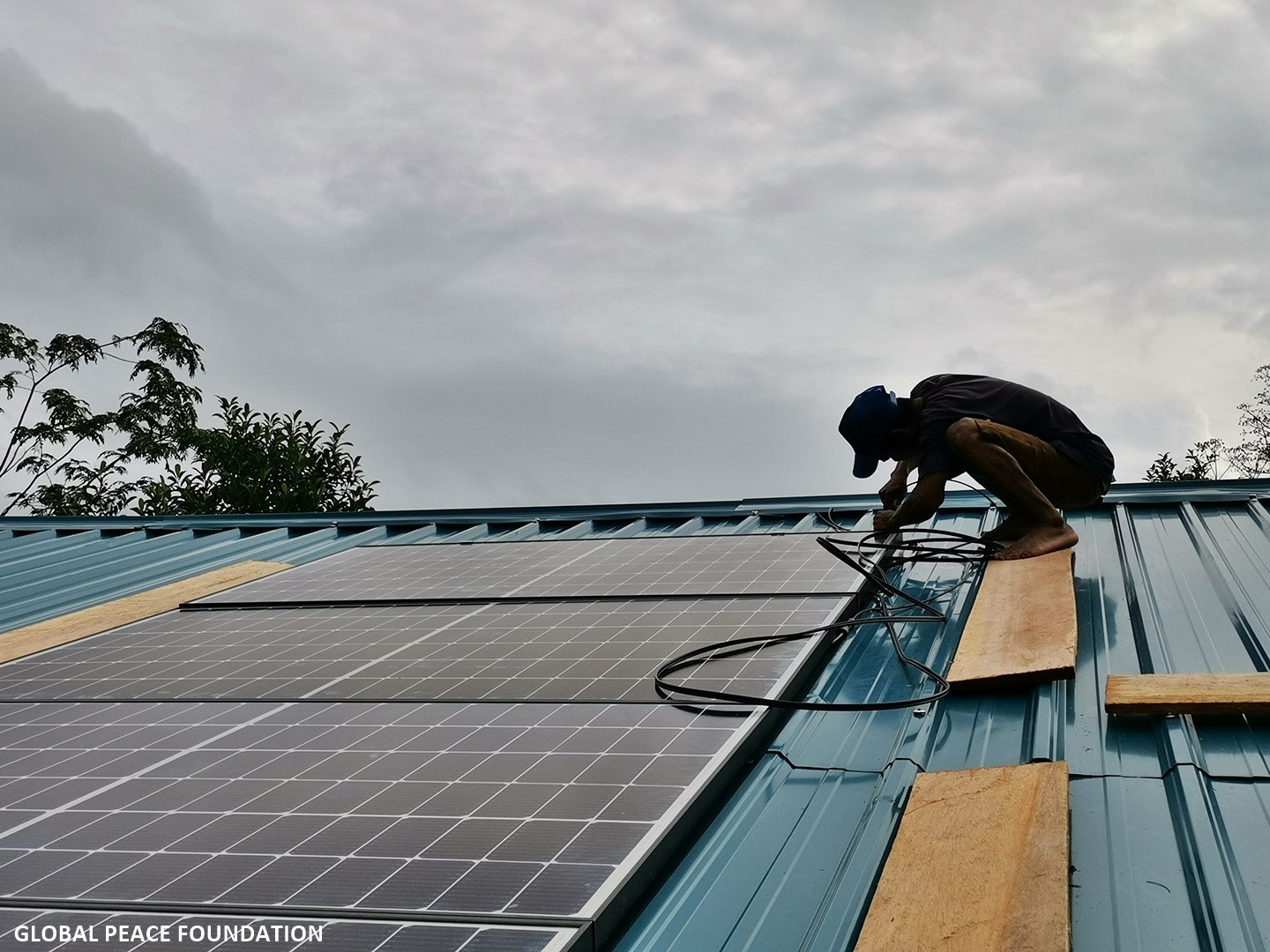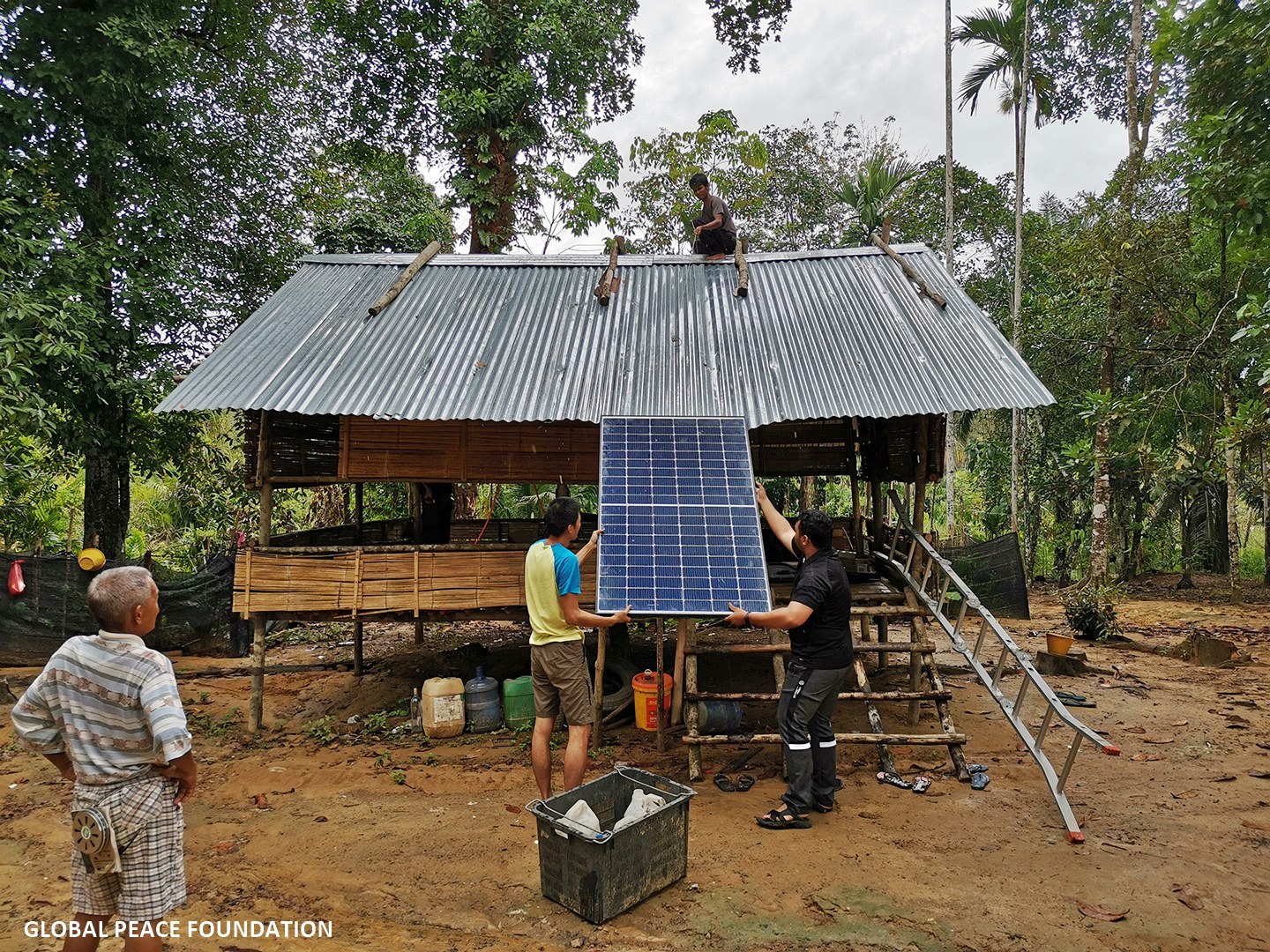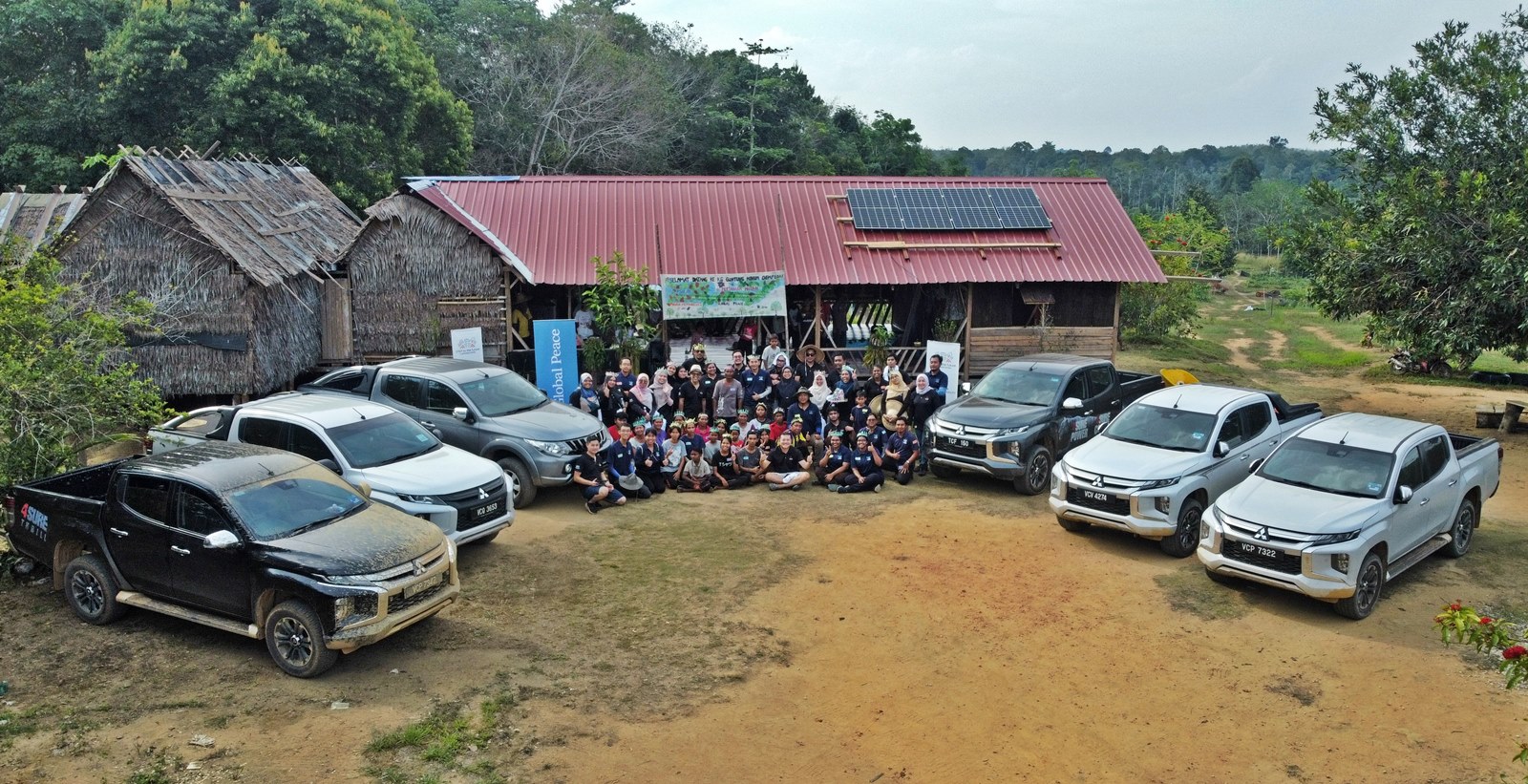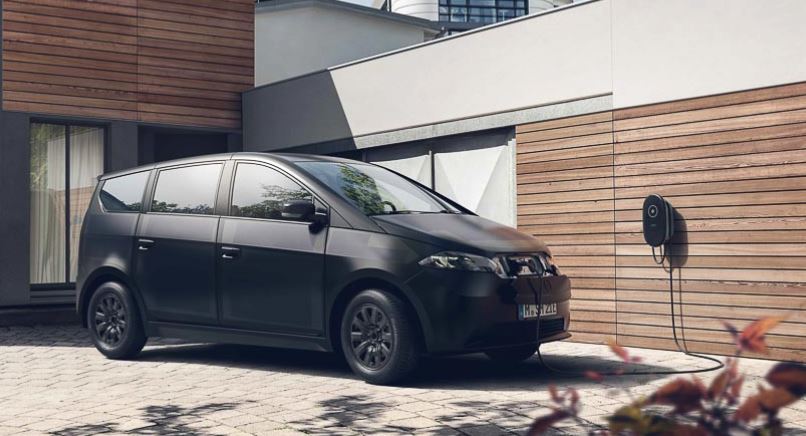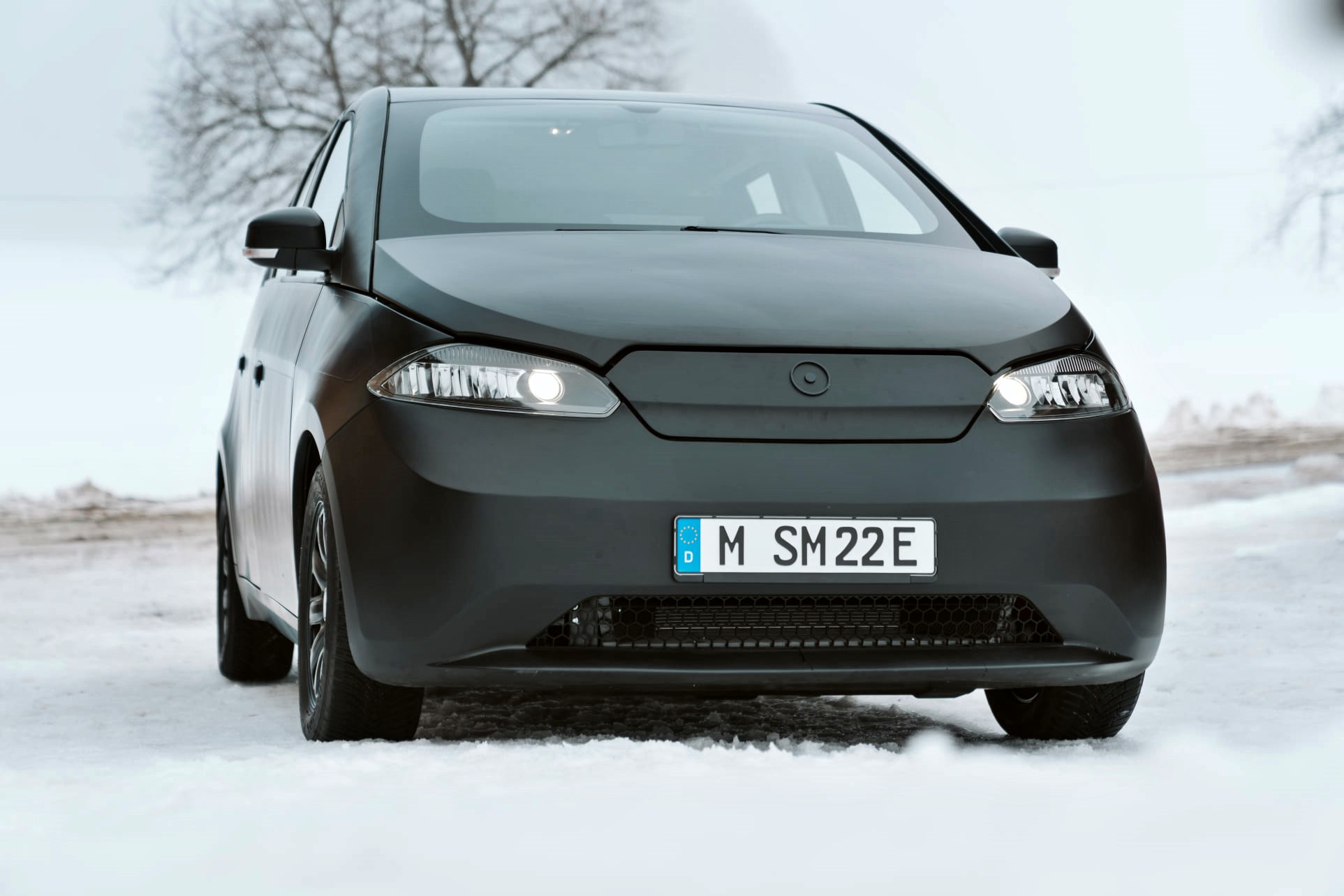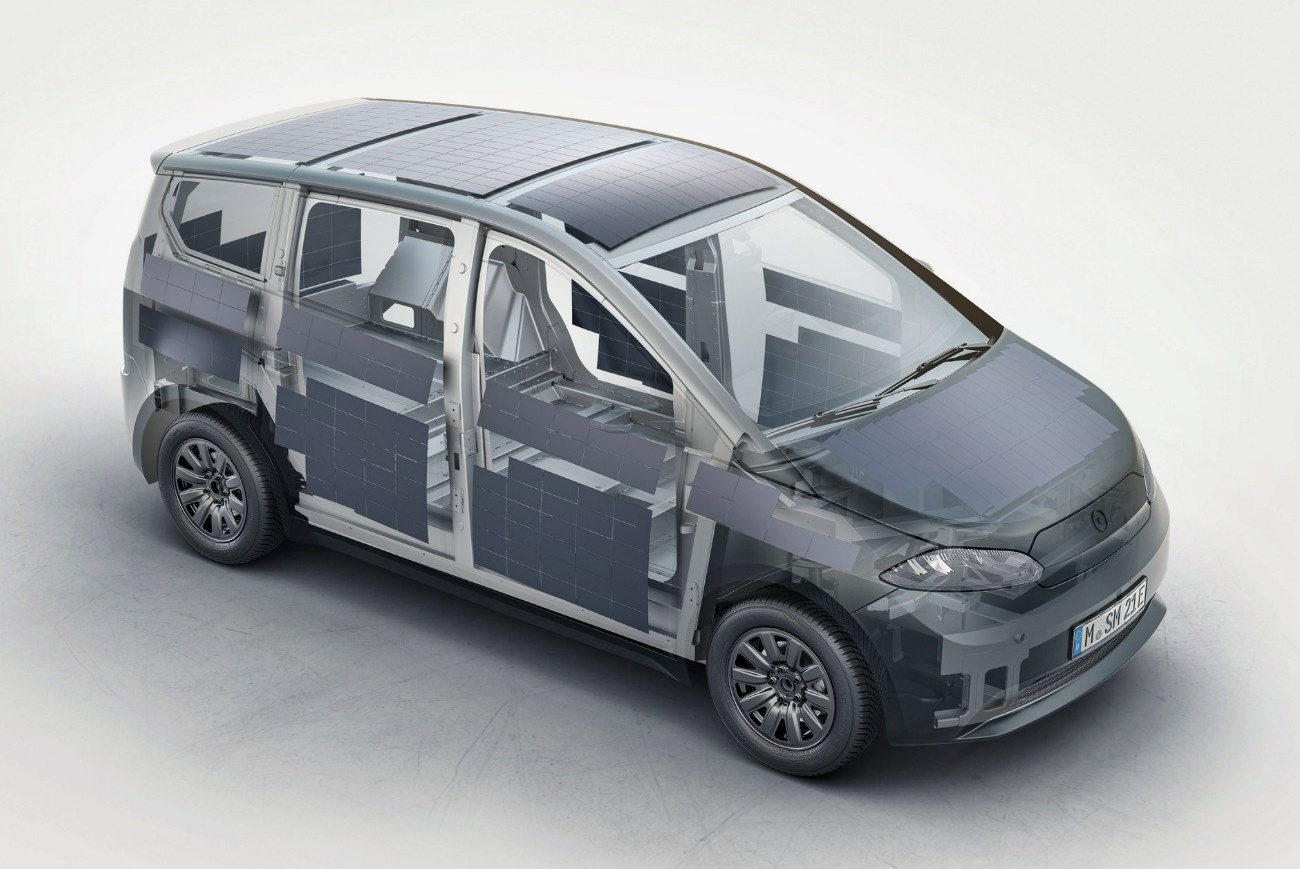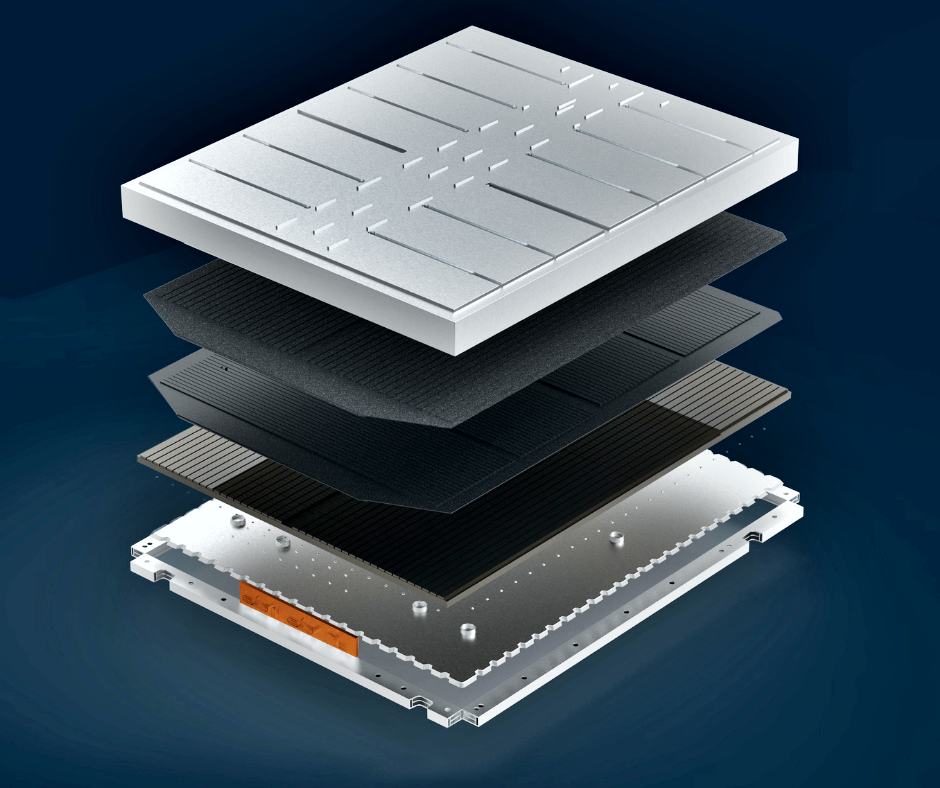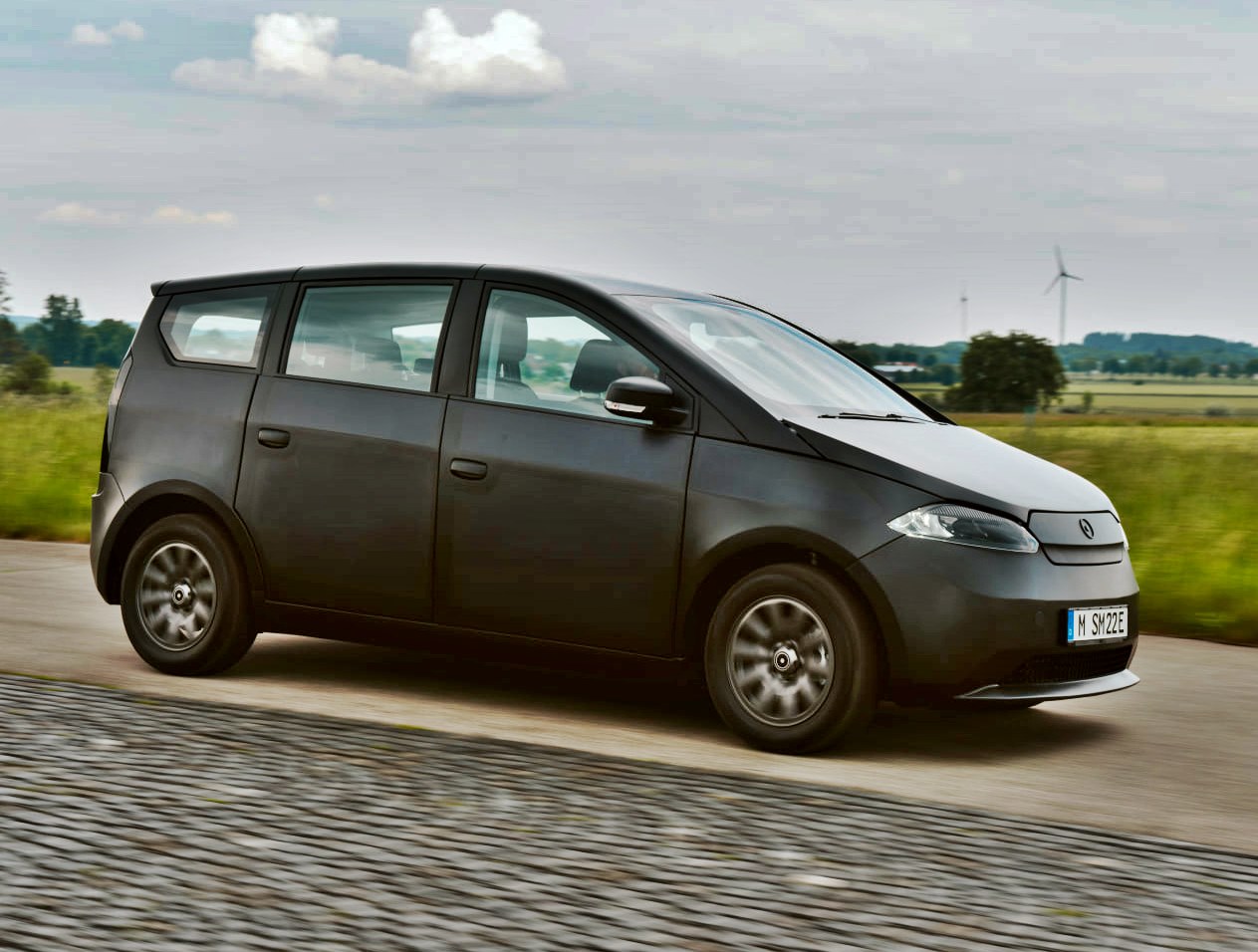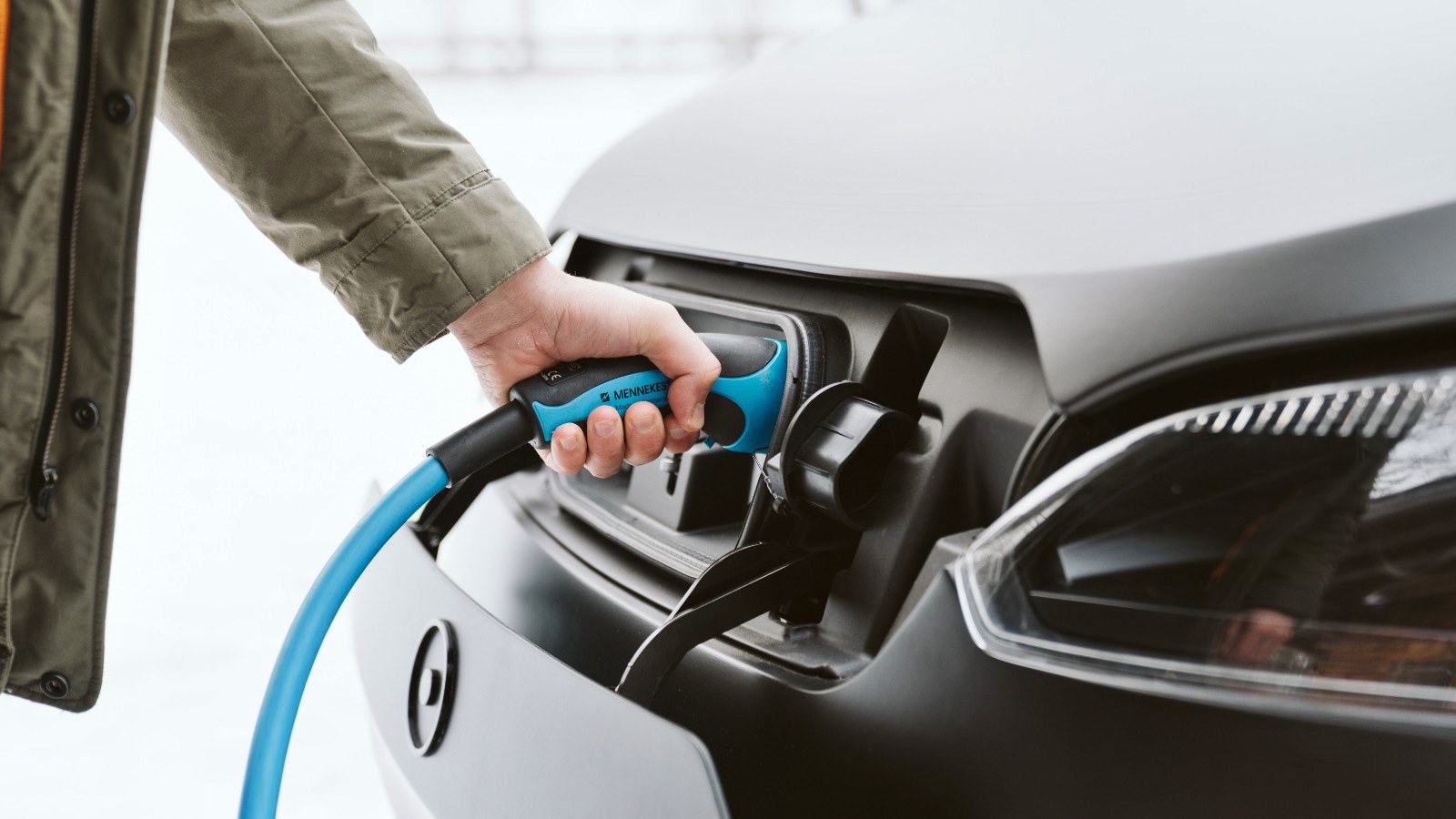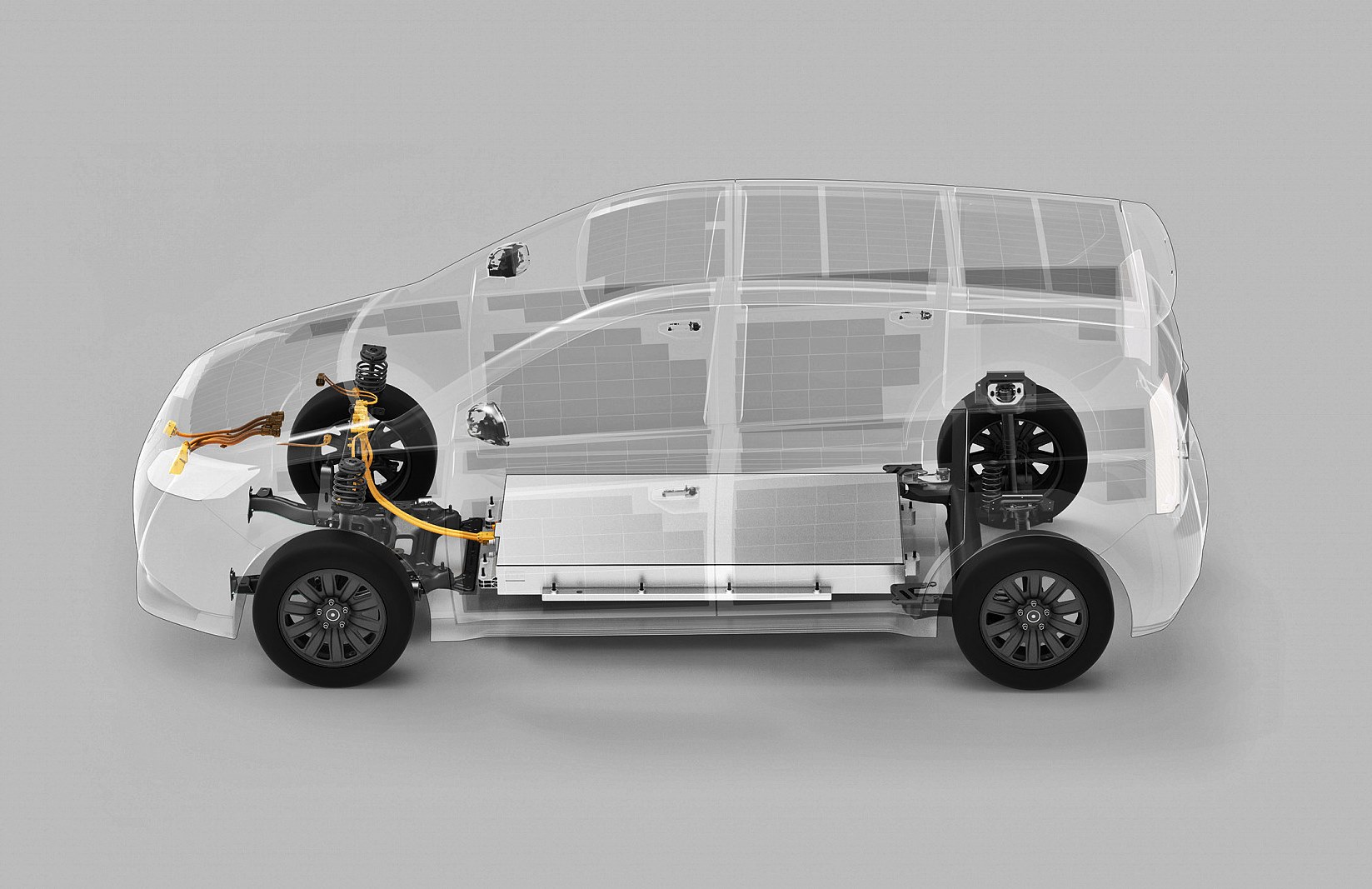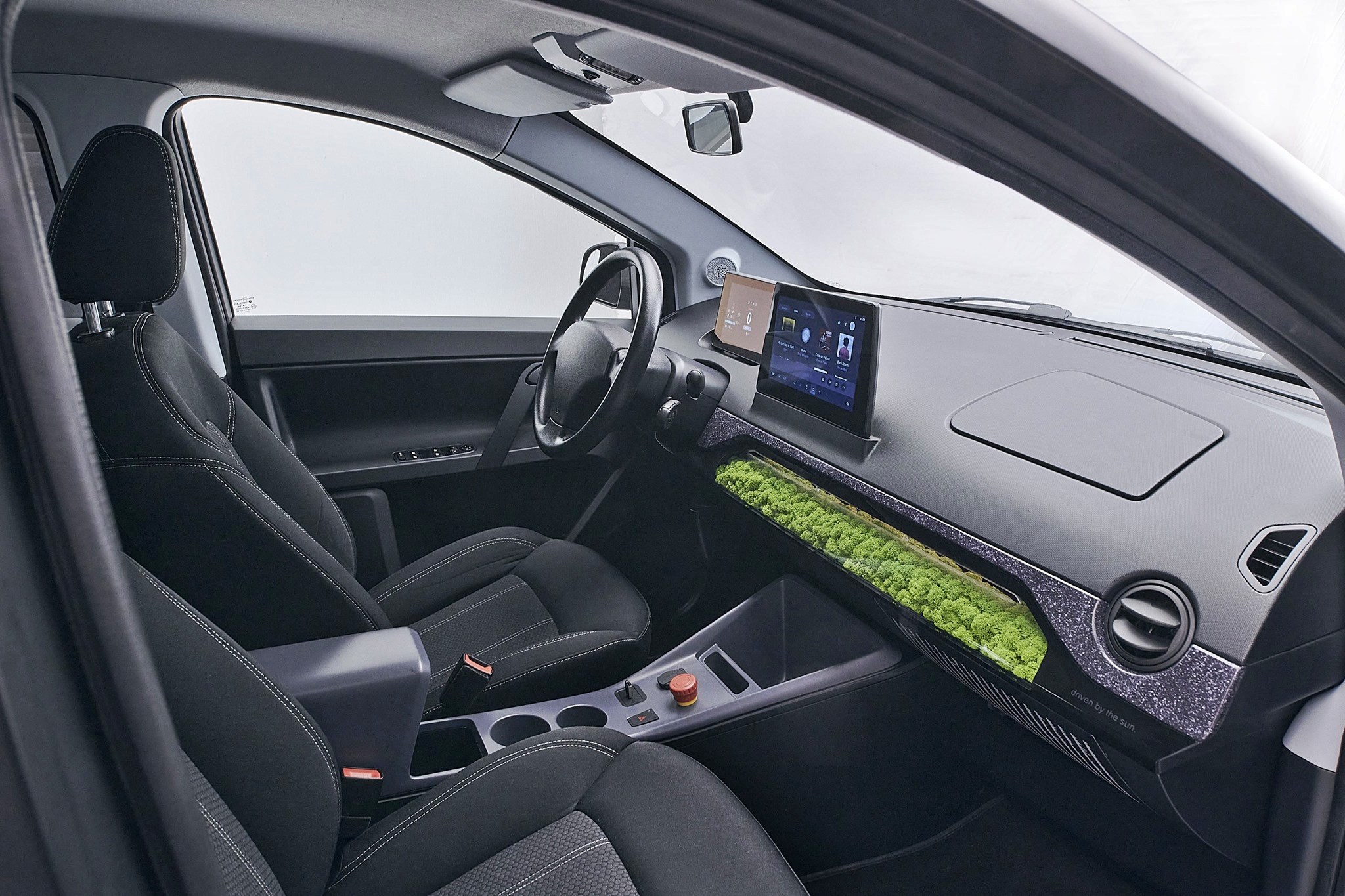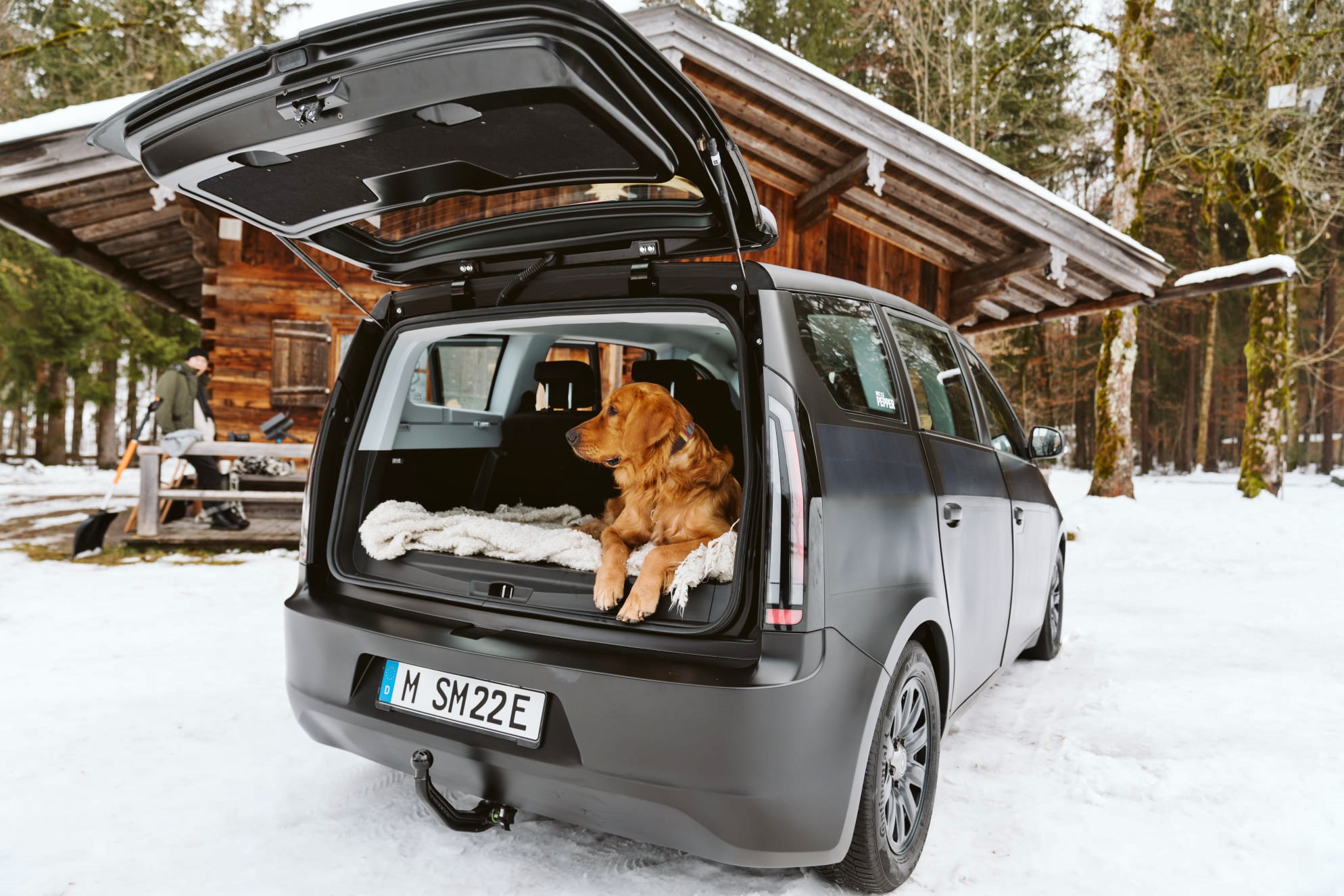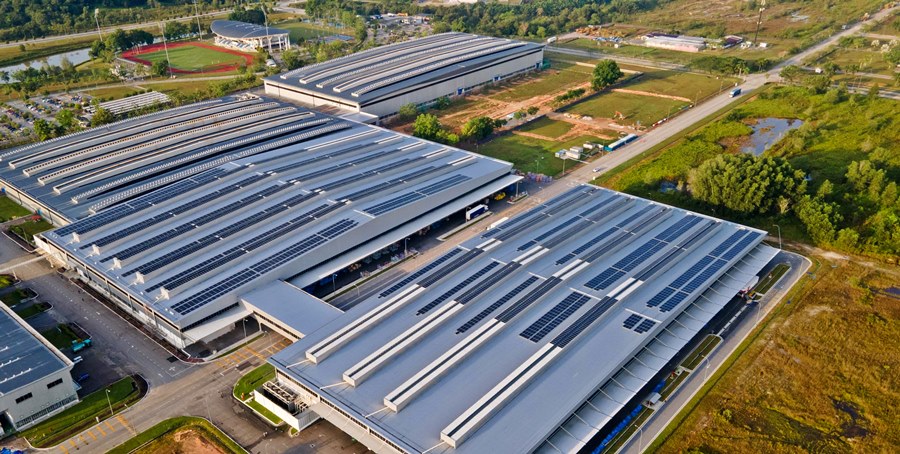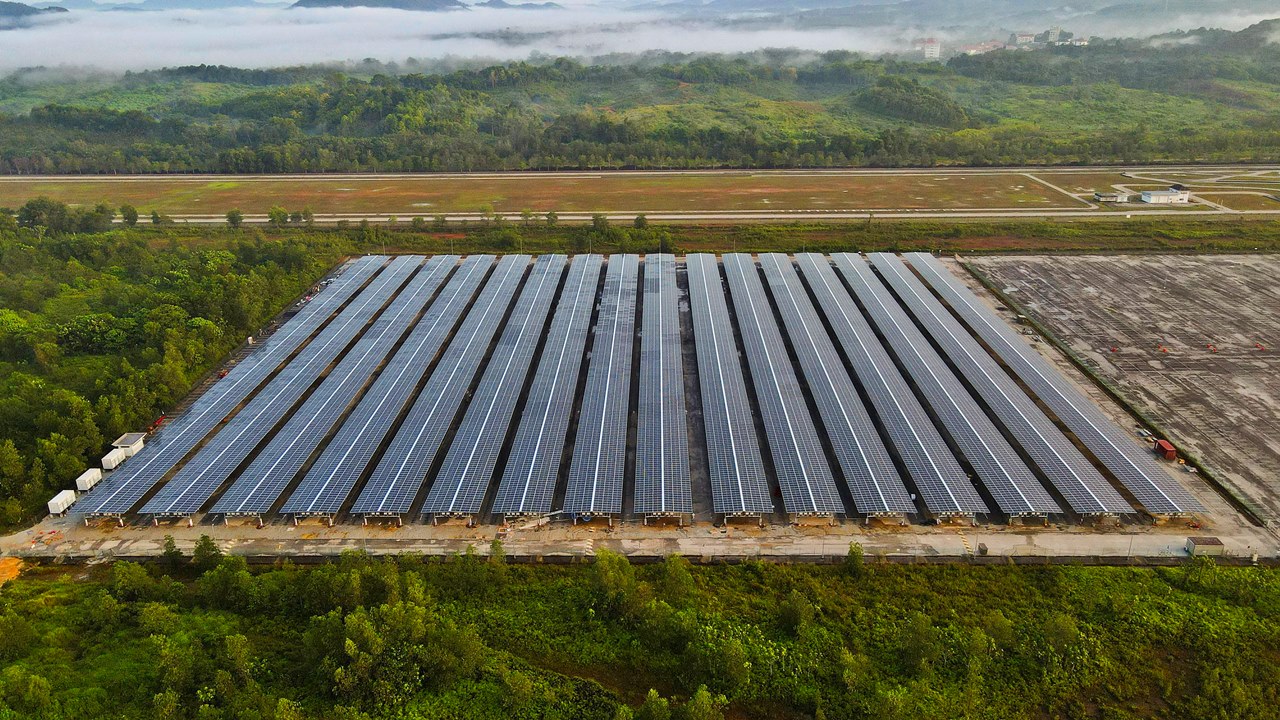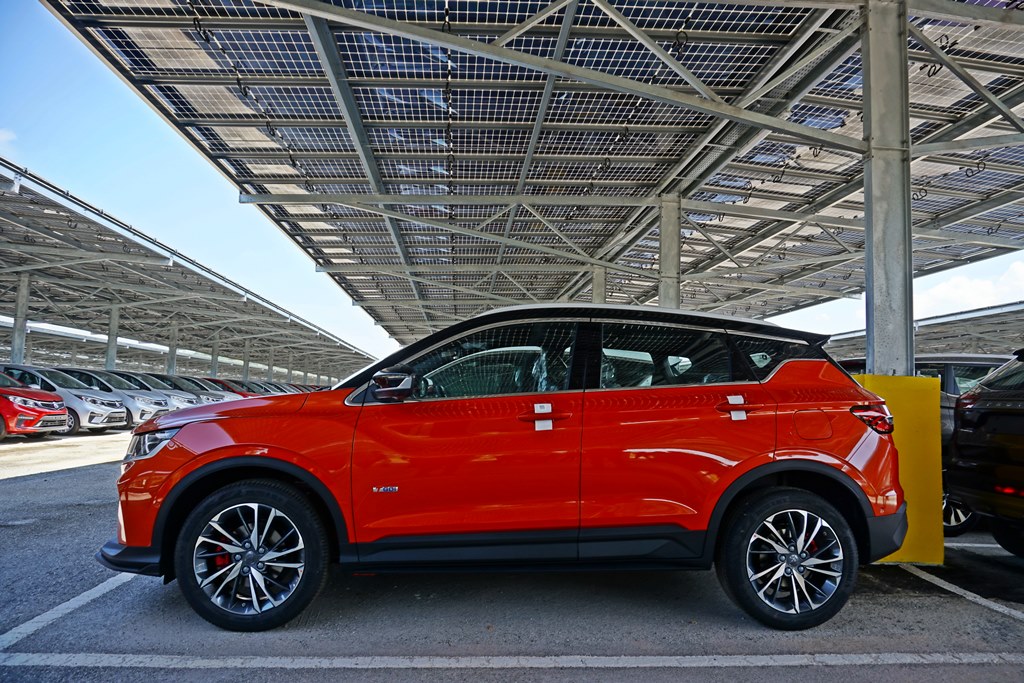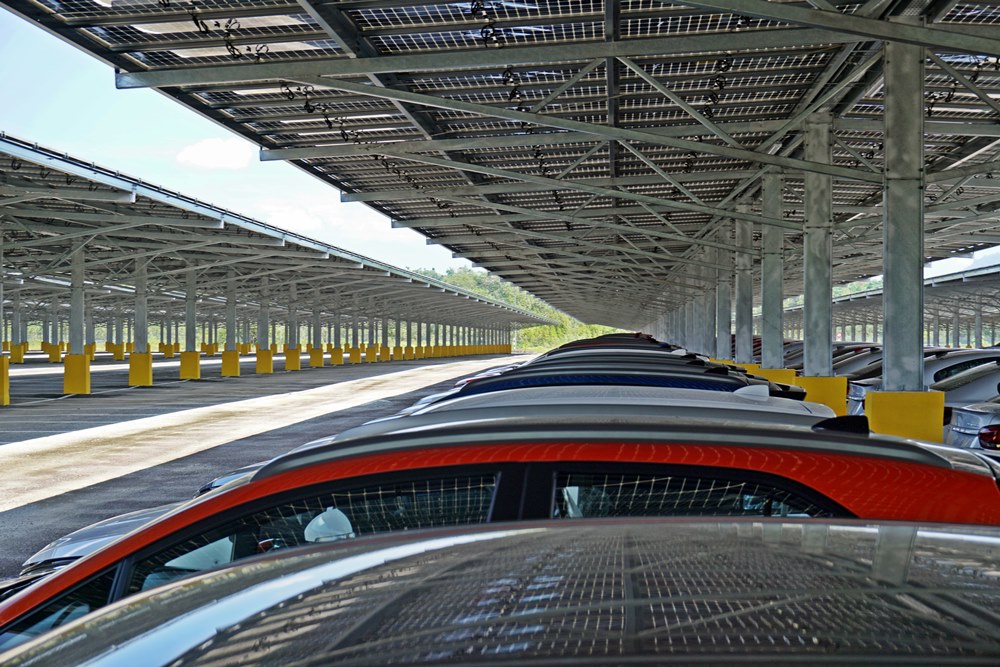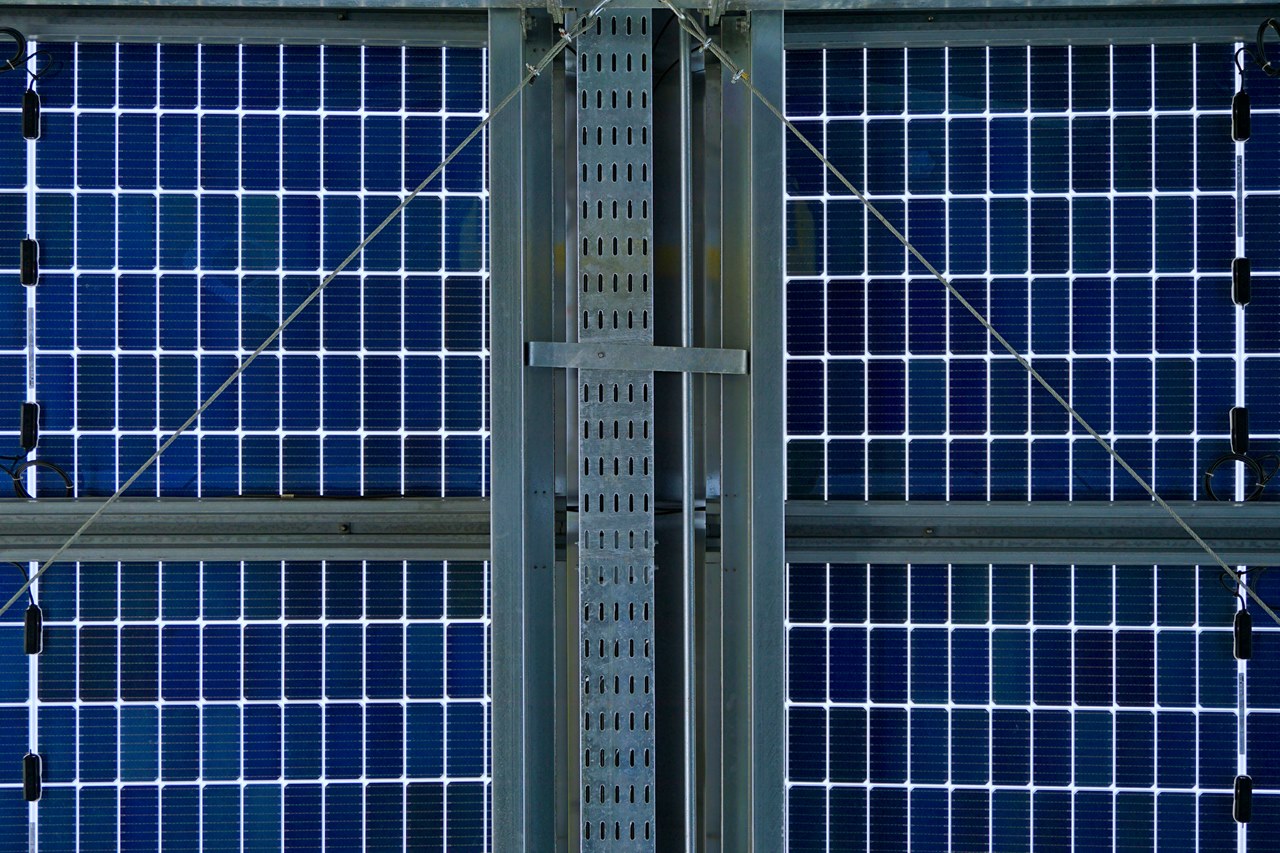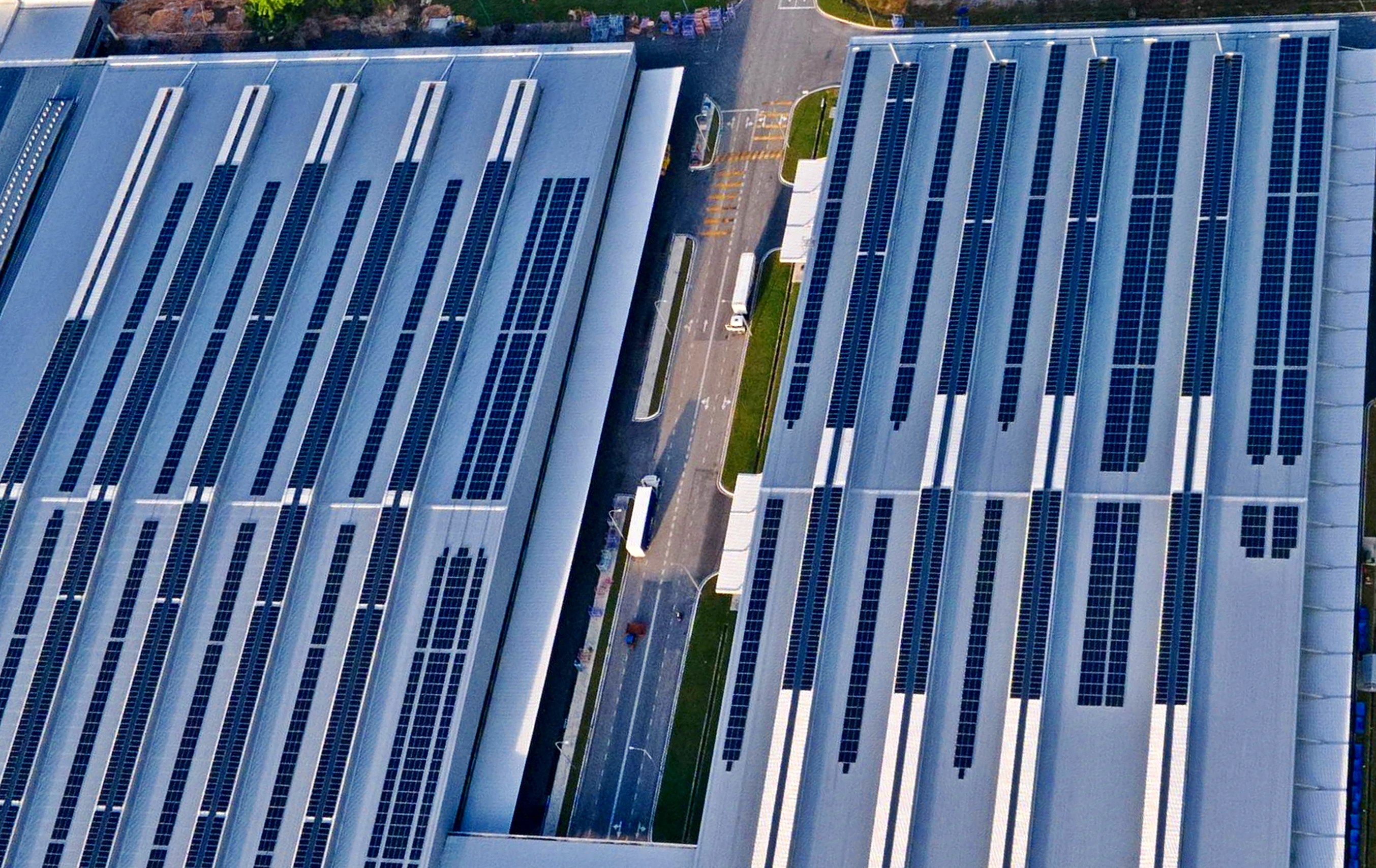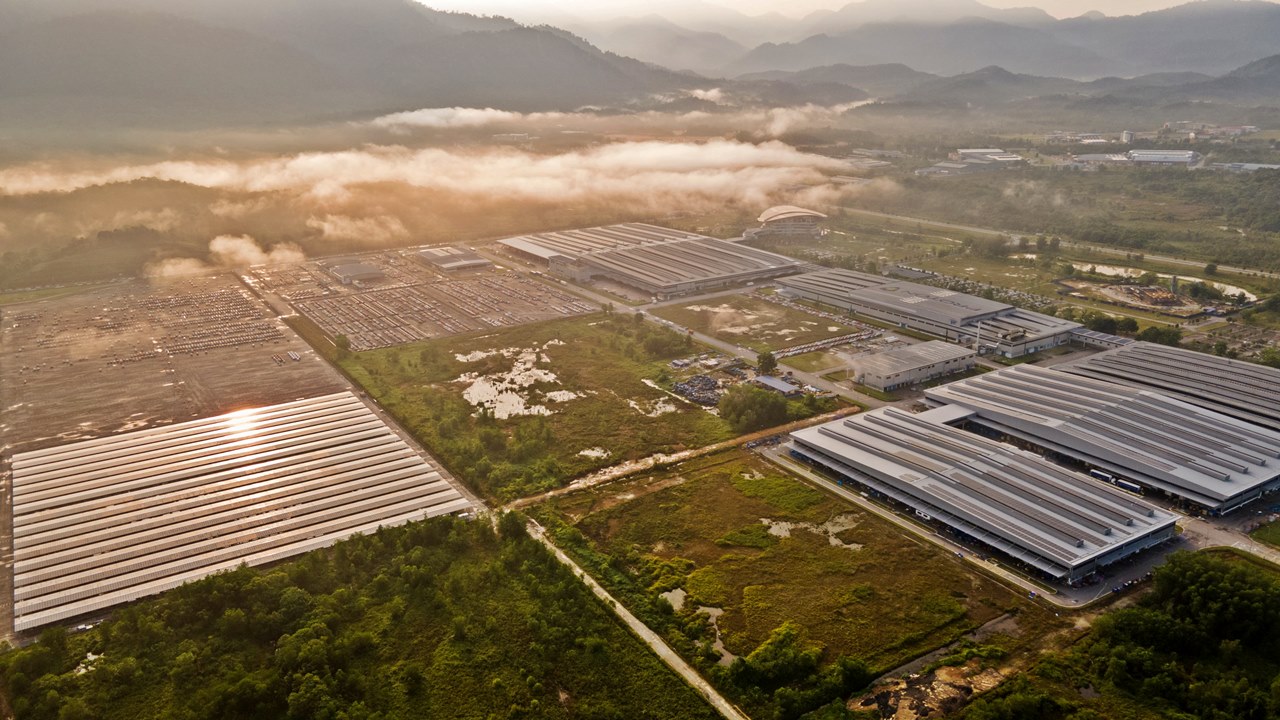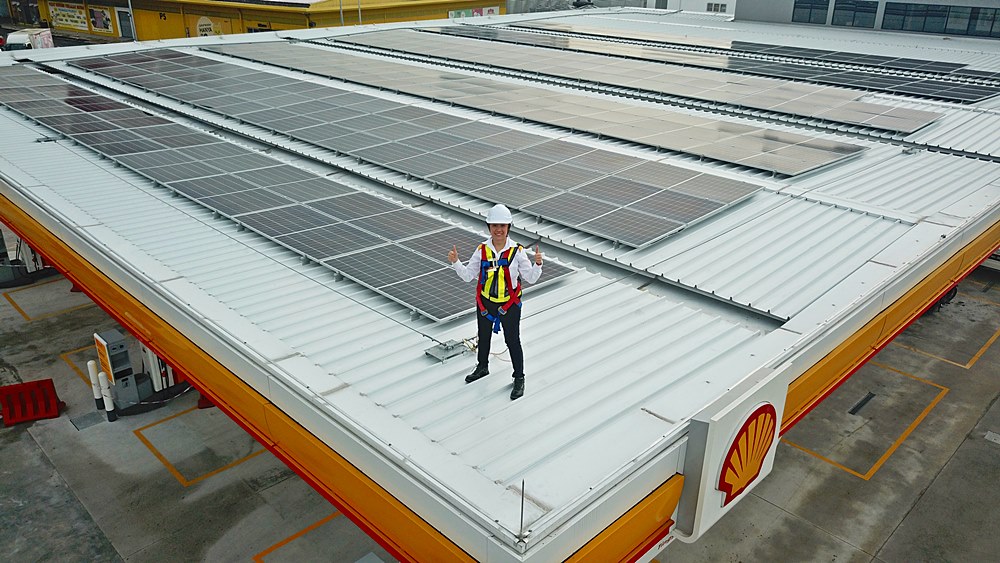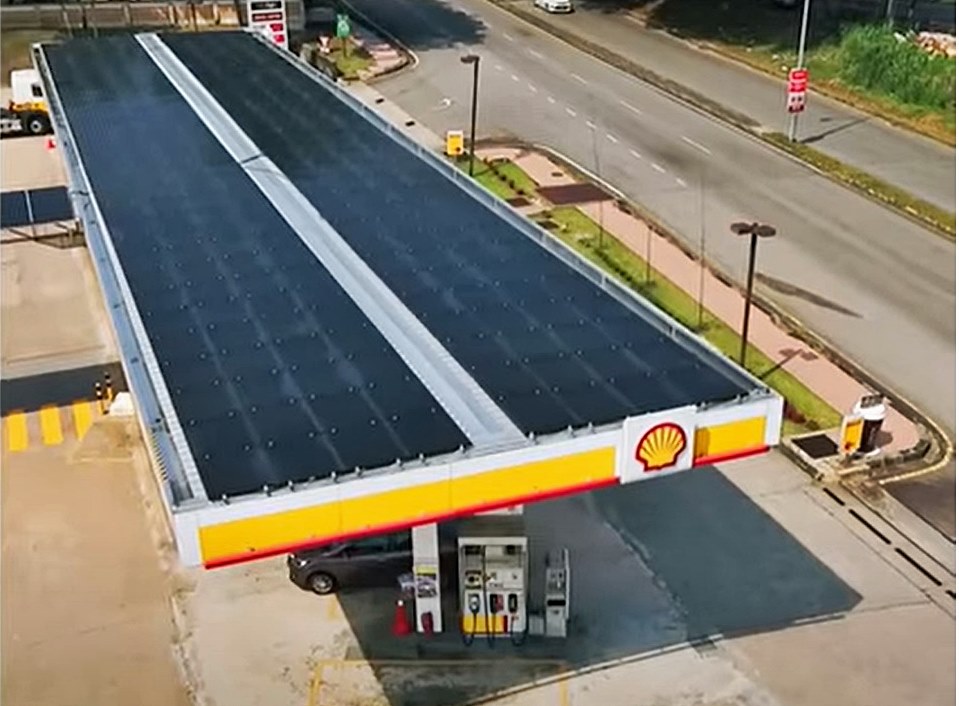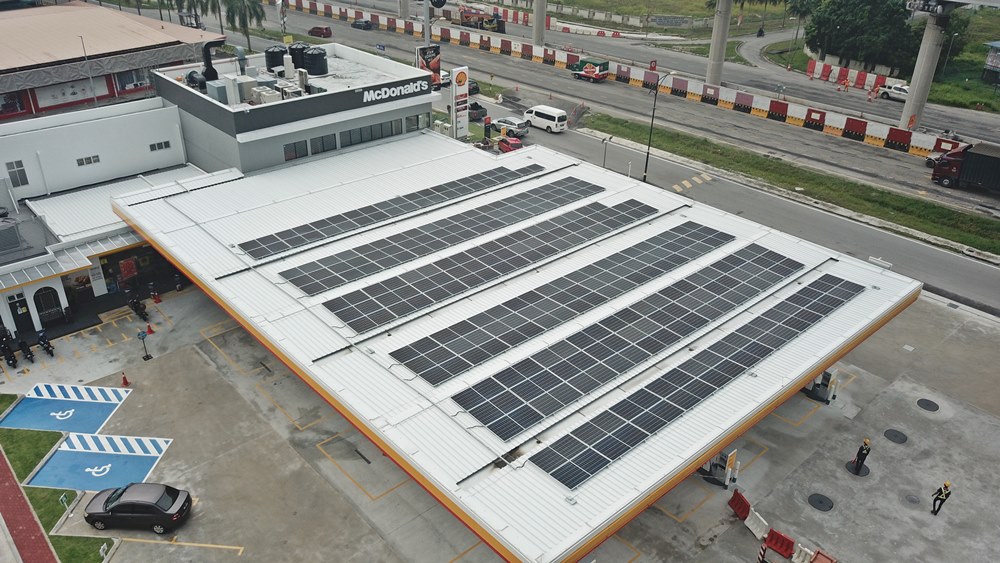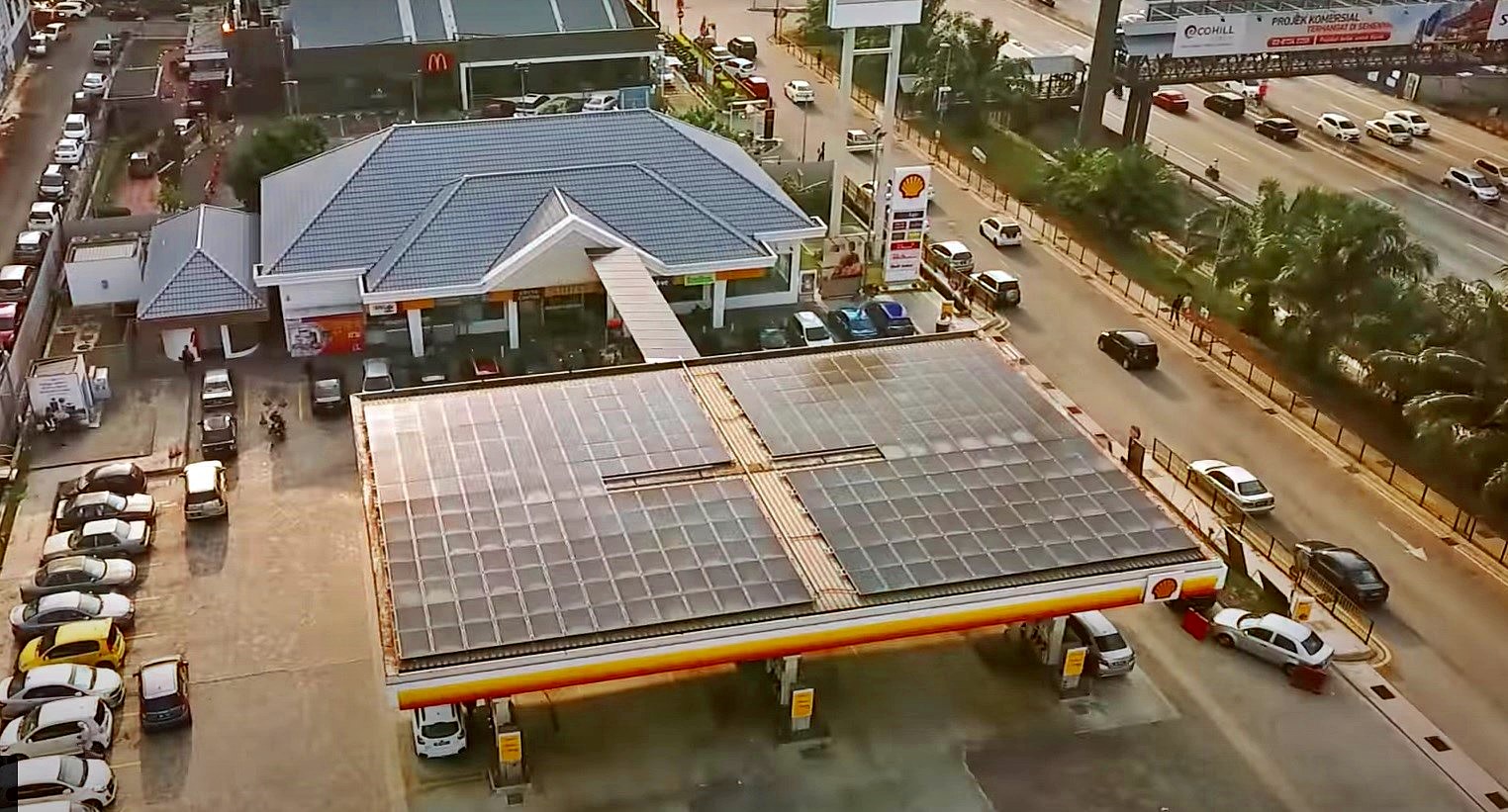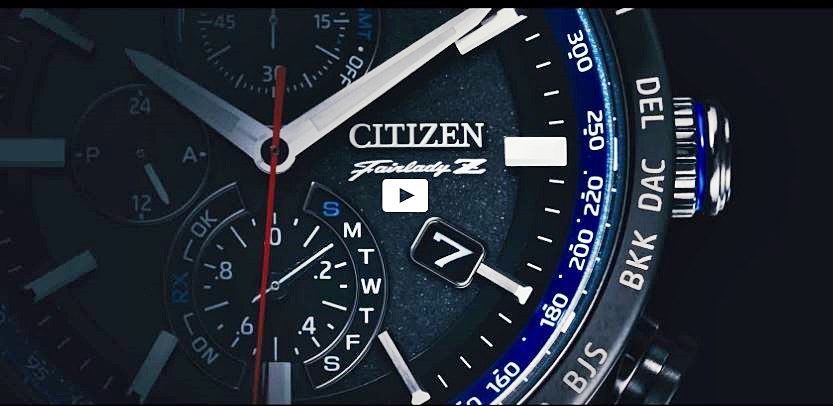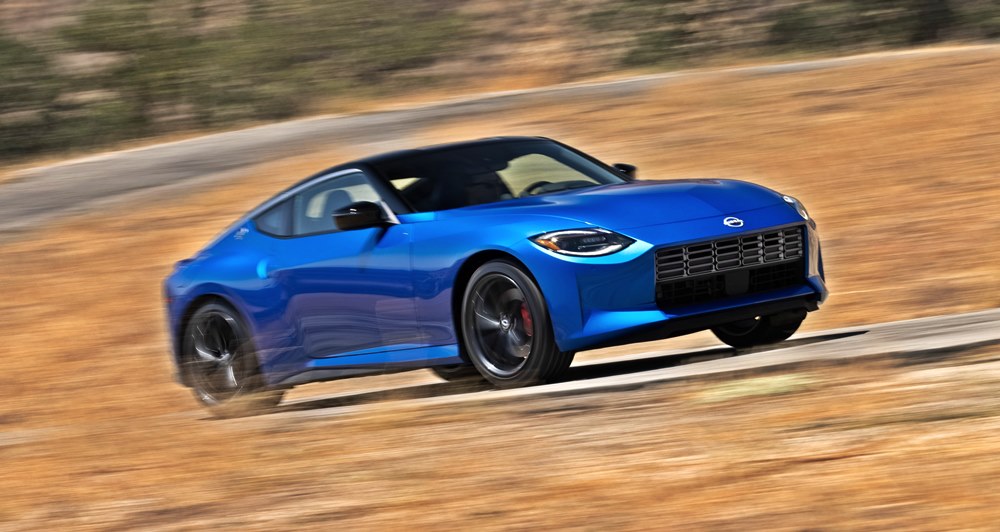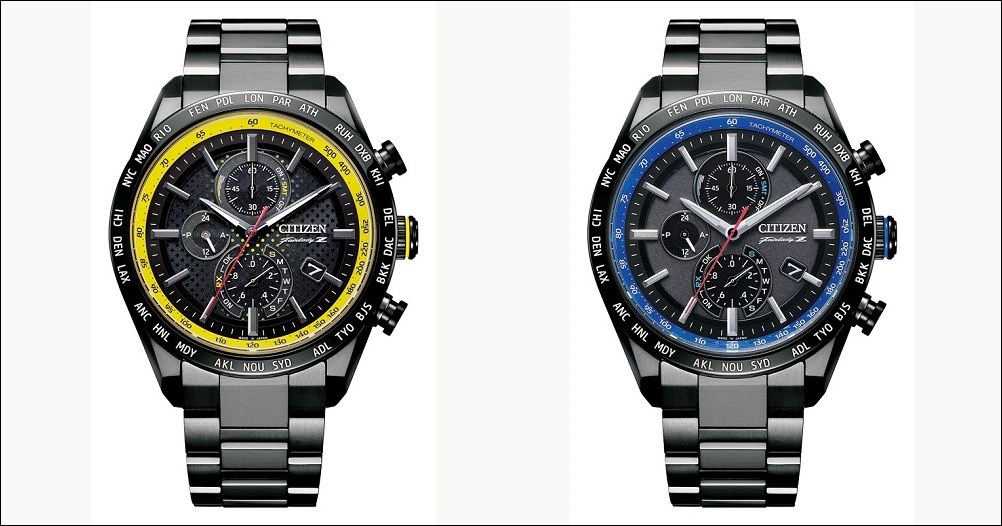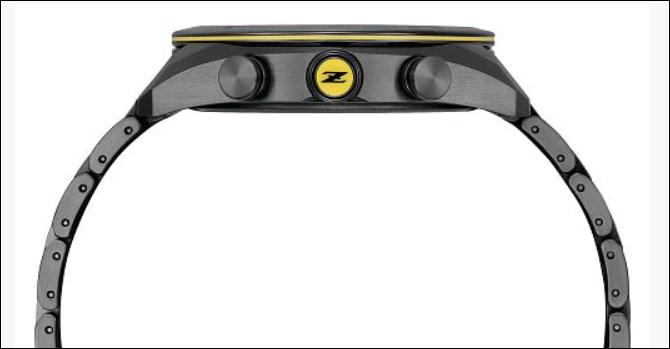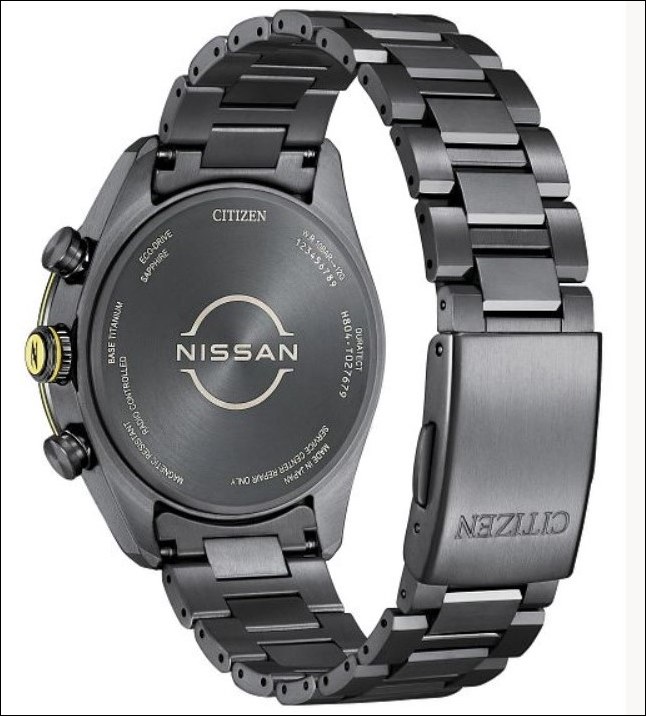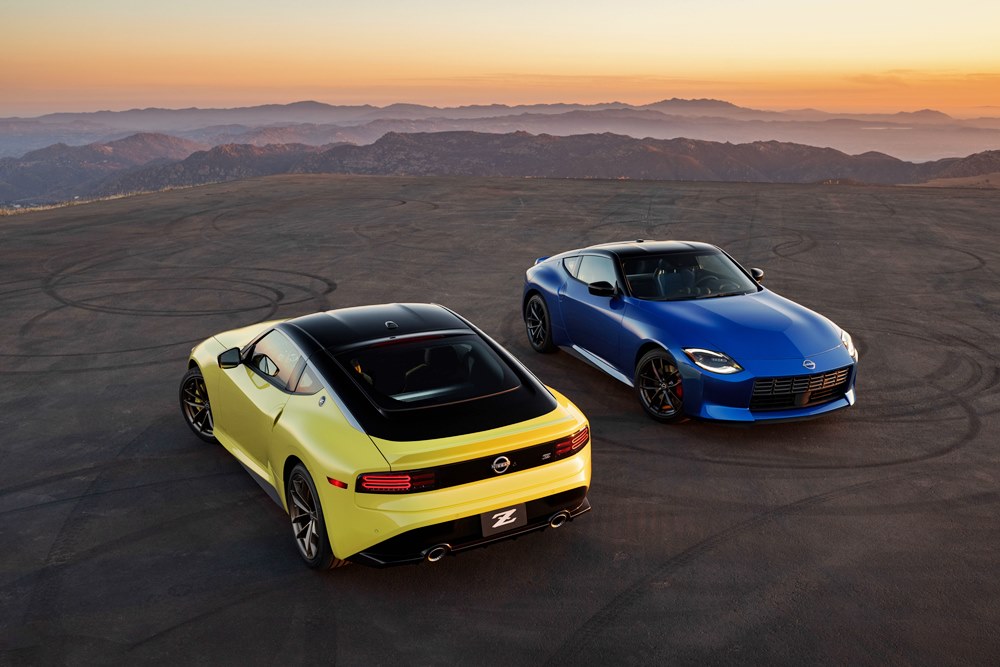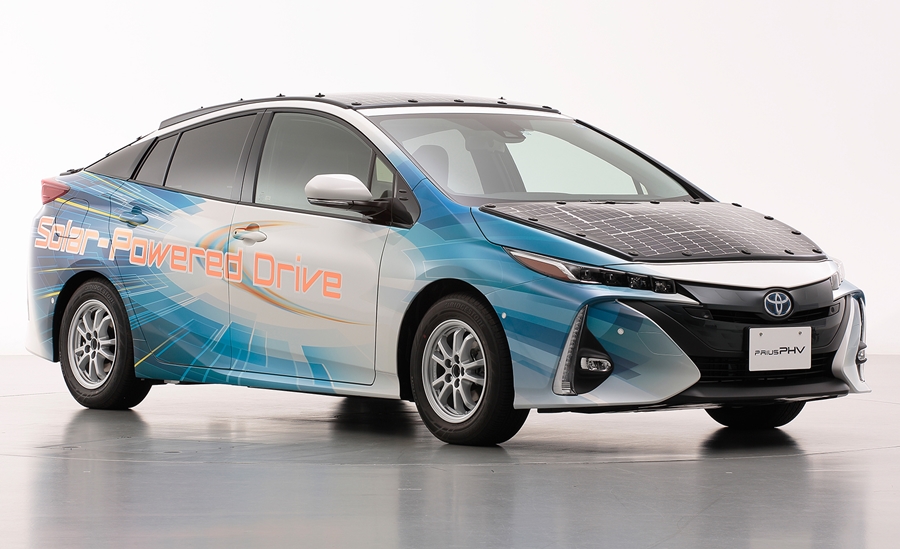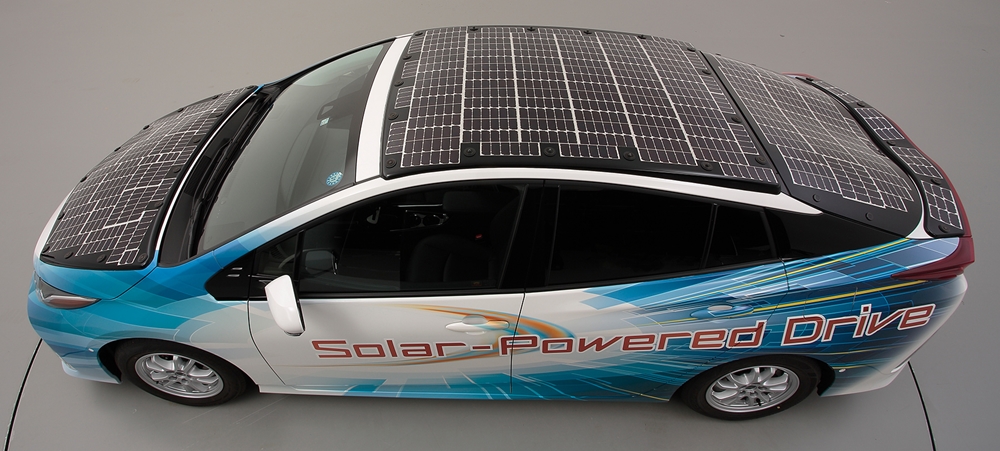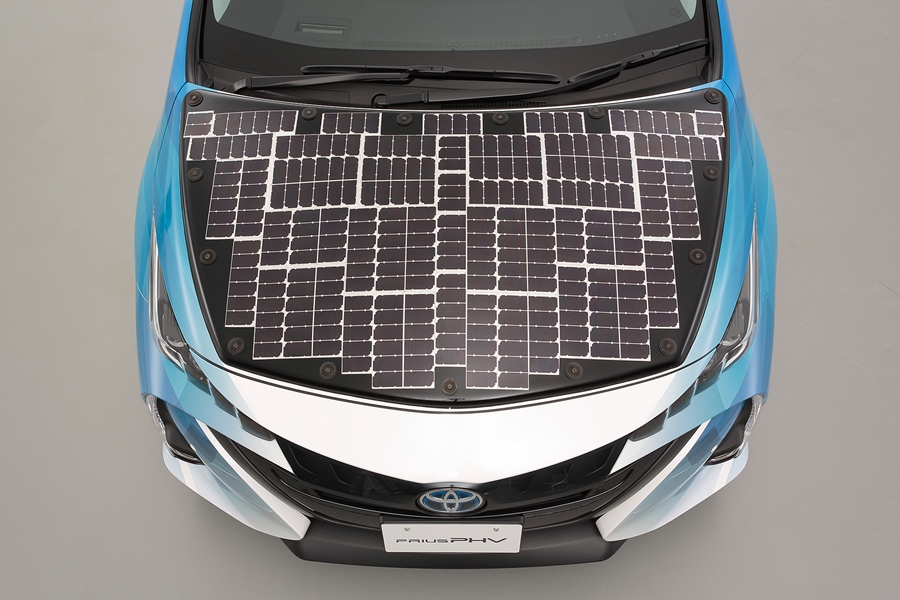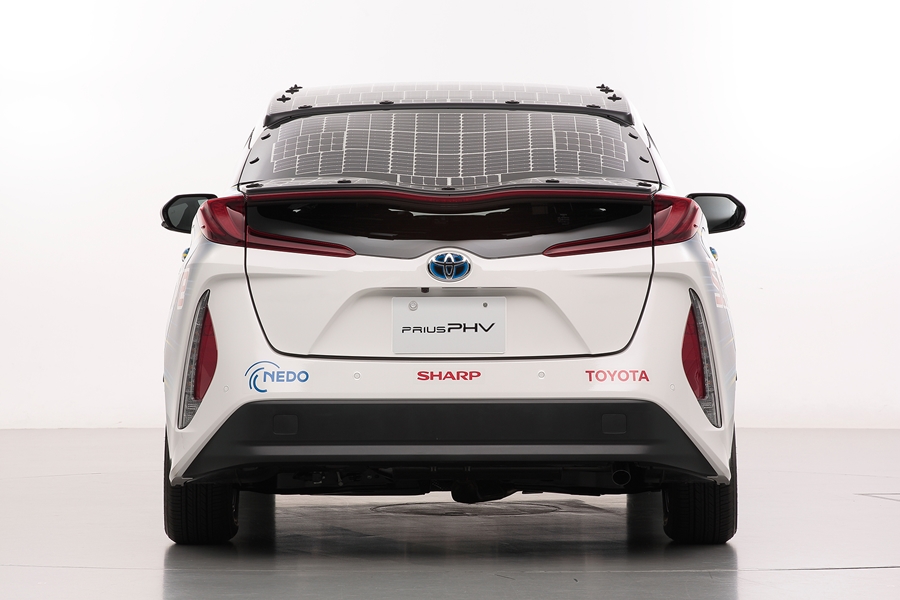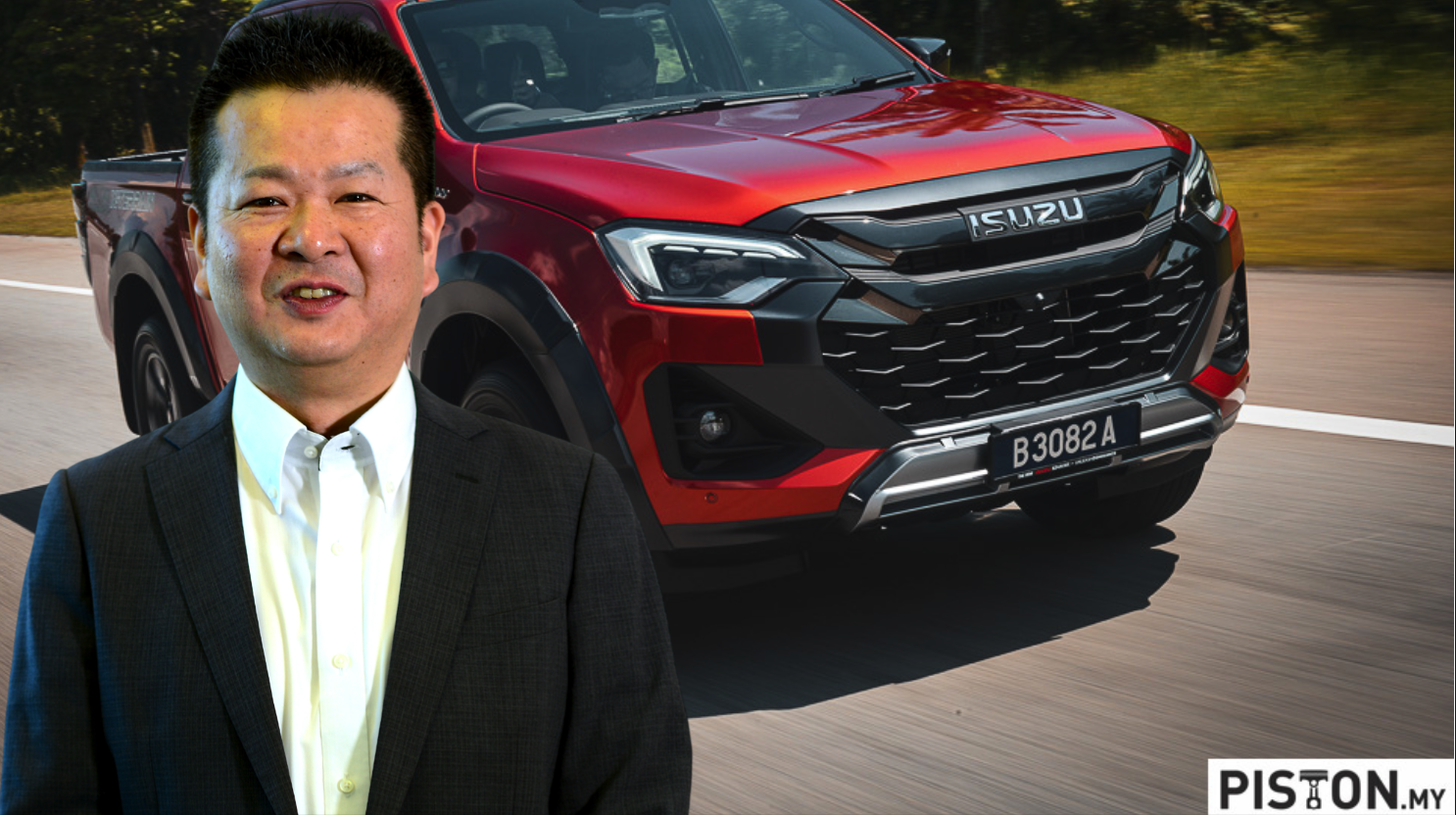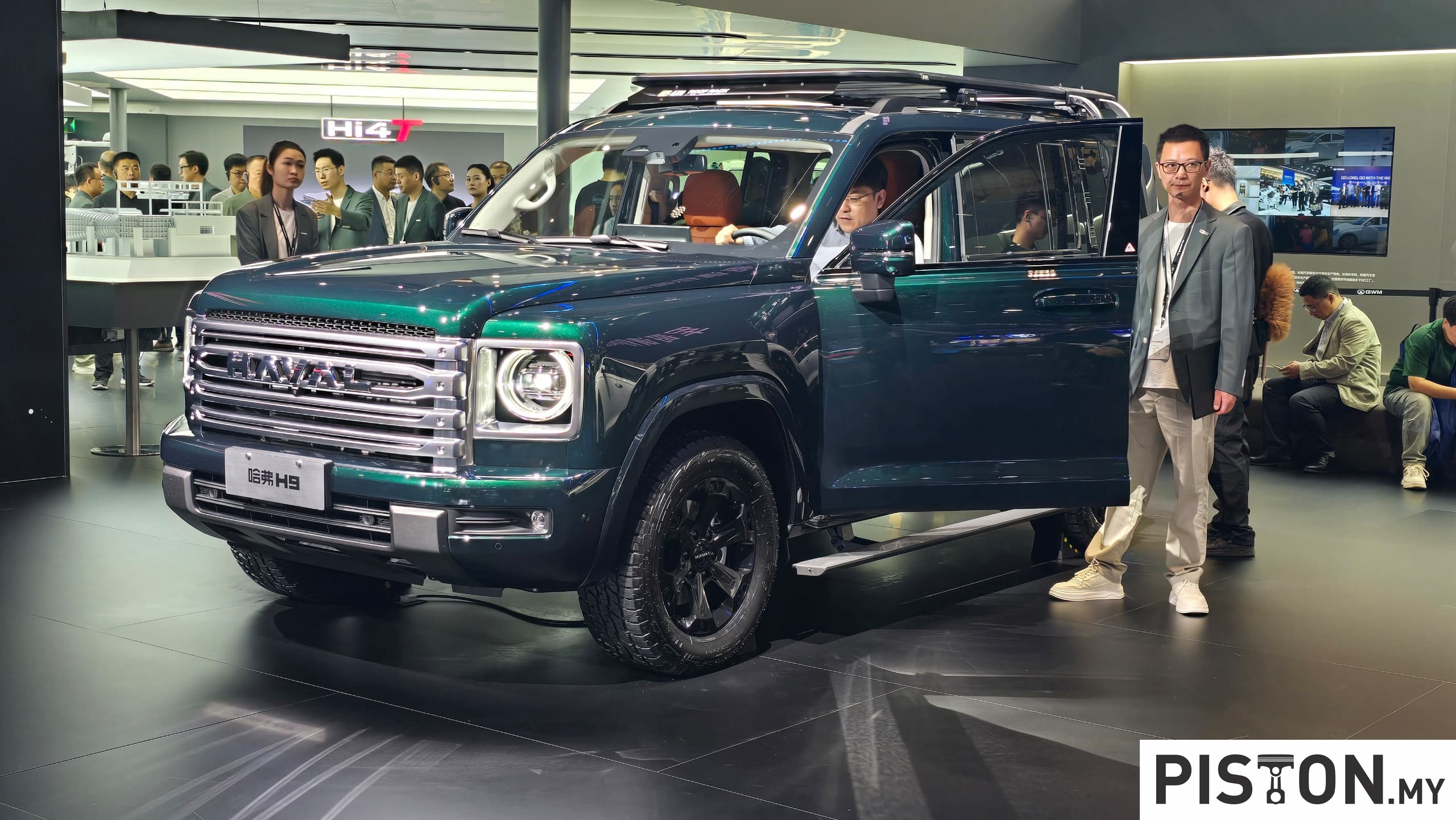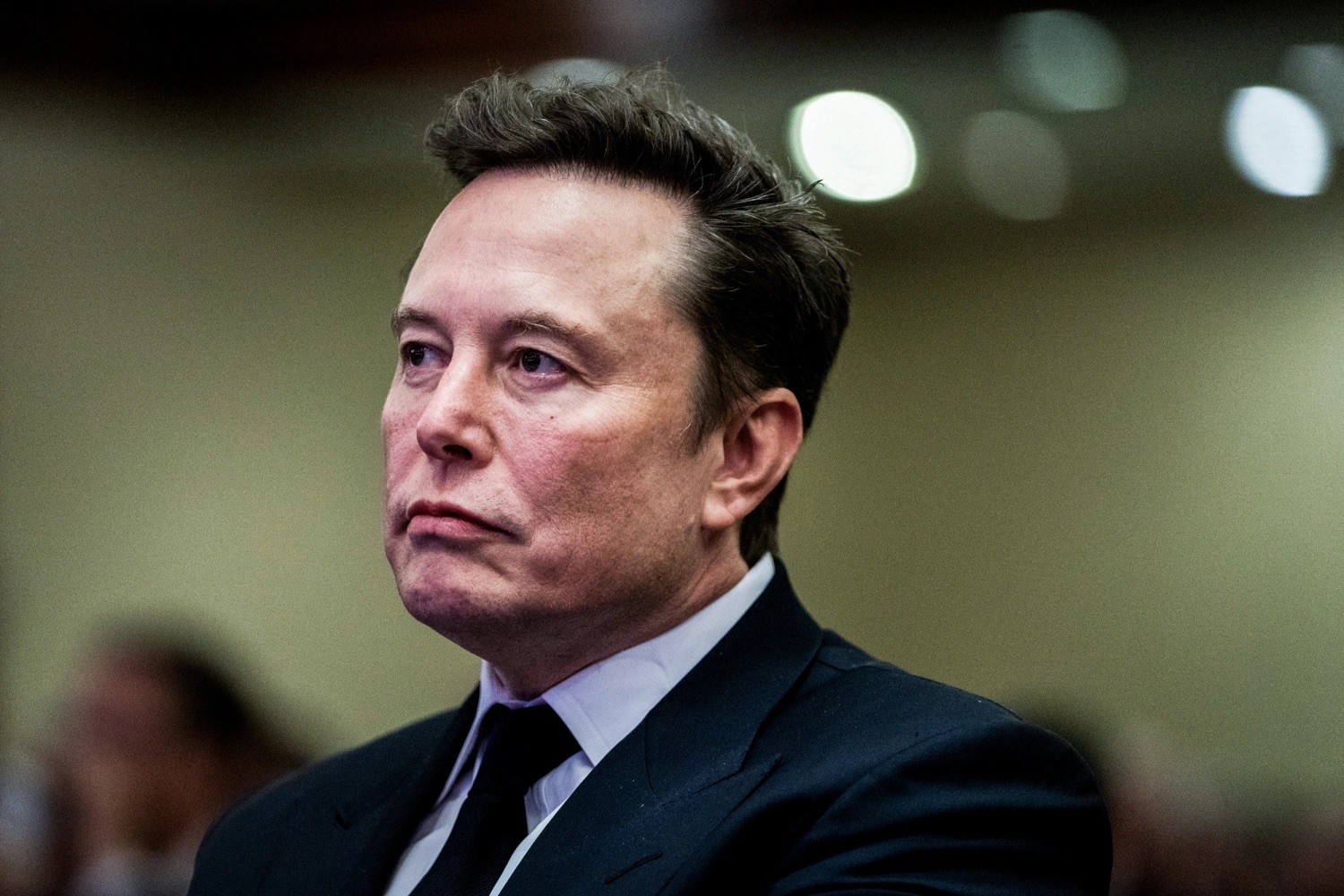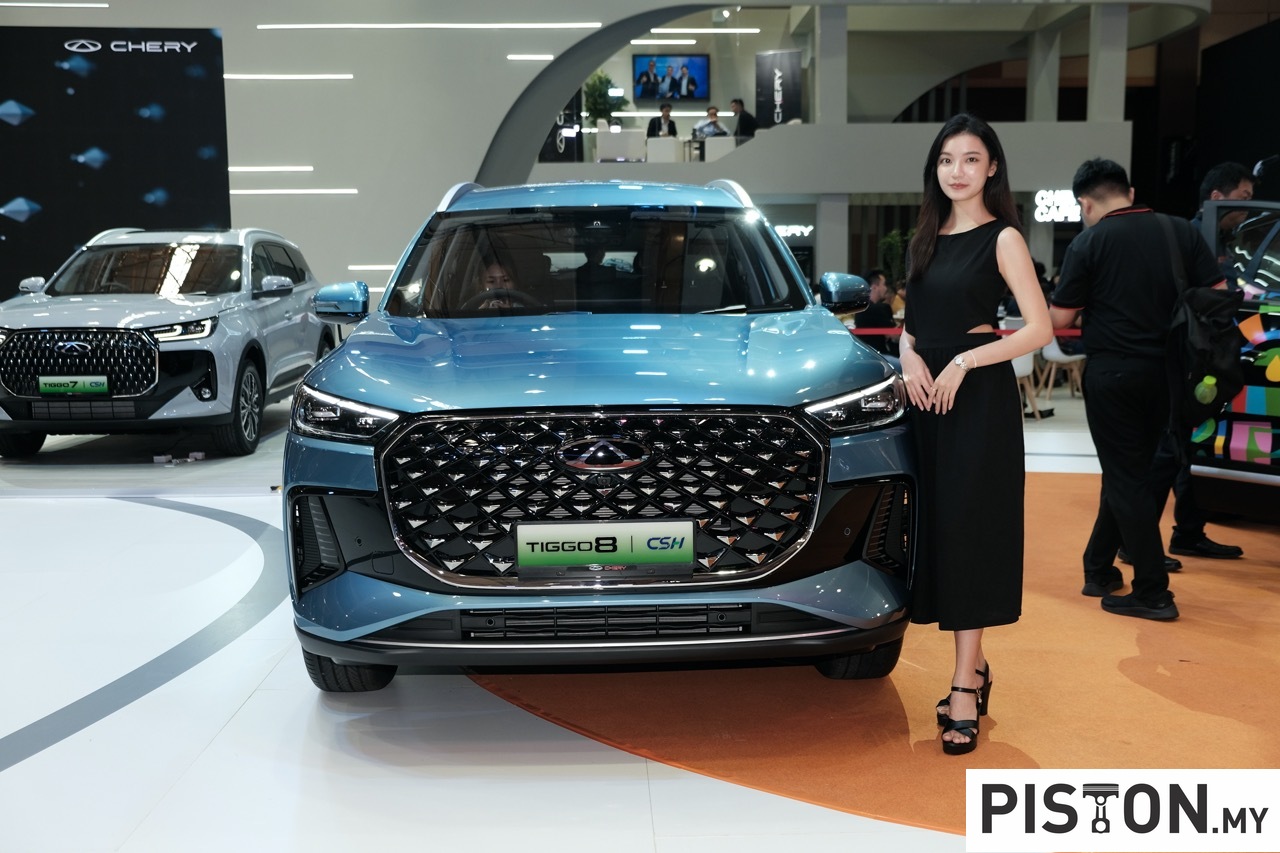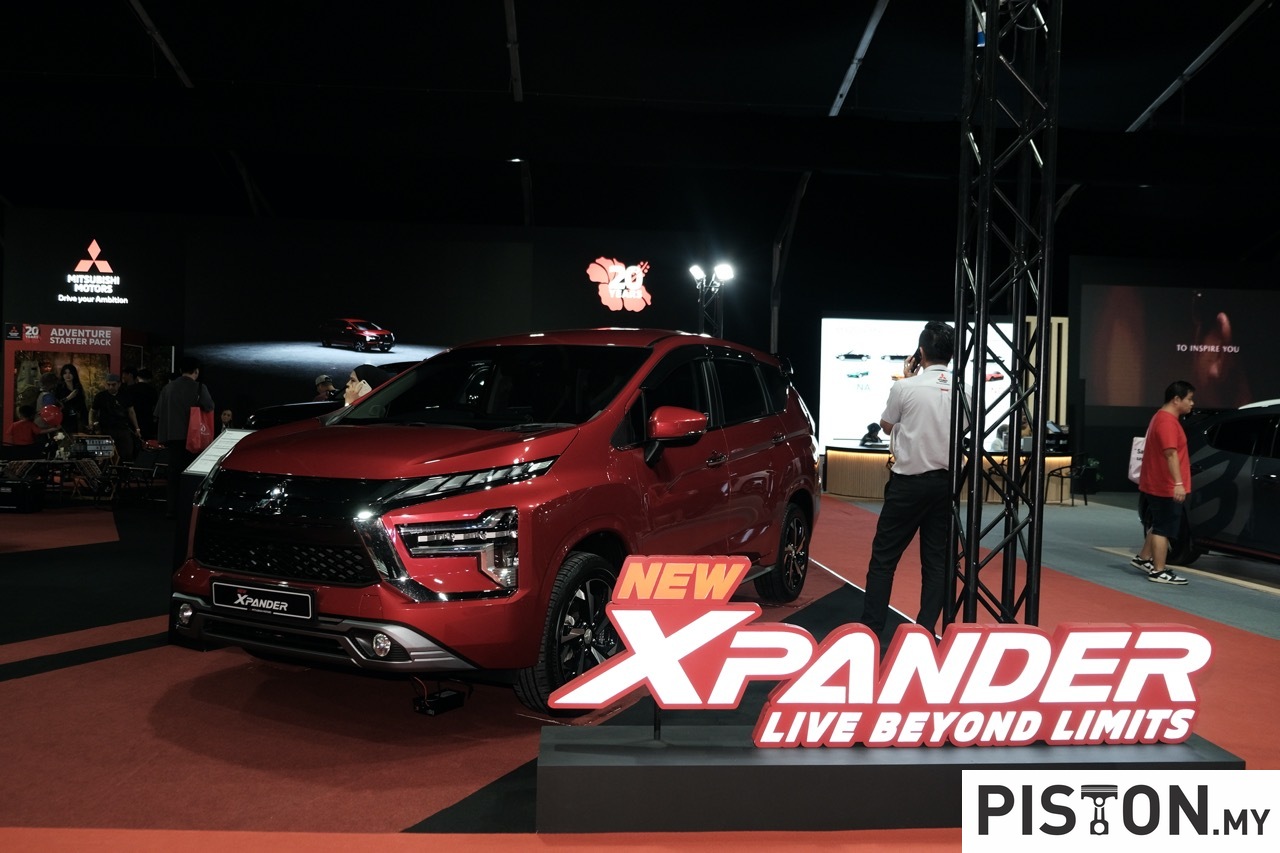Mitsubishi Motors Malaysia (MMM) has a long history of being a good corporate citizen, having contributed in various ways to different communities. The latest initiative is the donation of high-power solar systems to the Orang Asli community. This will provide electricity to them which can improve the quality of their lives.
The solar systems, which will be used at the Orang Asli’s Rumah Adat (shared community space), were donated through Global Peace Foundation, a non-profit non-government organization with a mission to build resilient and cohesive Orang Asli communities.
Lack of access to grid electricity in Orang Asli’s houses and community spaces brings health risks, expensive energy expenses, and environmental impact. To have light after dark, bonfires are frequently created by burning dried palm fruits but these generate a lot of smoke that causes cough and watery eyes among the villagers, and is unhealthy for children especially.
In addition, houses and community spaces are built from resources in the forest such as bamboo wood and additional items such as zinc and PVC. Some of these materials are flammable, making it dangerous to use fire as the source of light.
Some Orang Asli families also rely on disposable energy such as petrol to run generators and batteries to power more than just lights. The petrol, apart from being added cost, can also be hazardous to store.
Children would also have difficulty studying at night with no light or poor light, and activities are limited. By having more and better lighting, there can be more productive hours in the evening for house chores. The electricity from the solar systems can also be used for freezers and for charging mobilephones and other electrical equipment.
“As part of Malaysian society, we want to see Malaysians even the indigenous community live a better life. With high-power solar systems, we will be providing the Orang Asli community access to affordable and renewable energy that enhances productivity- allowing community projects to continue even after dark, minimizing health and environmental impact from non-renewable energy, lessen environmental pollution, and lastly reducing energy expenditure from buying expensive energy sources that are not sustainable,” said Arba Rahman, Senior Vice-President of Mitsubishi Motors Malaysia.
“This effort is together with Mitsubishi Motors Corporation global CSR program ‘STEP to the future’ which focuses on four main themes, standing for the first letters of Society, Traffic safety, Environment, and People. At MMM, we are focused to benefit the society through emphasis on the Environment and People, to create a better society where people can hope for a better future,” he added.
To know more about Mitsubishi Motors products and services in Malaysia, visit www.mitsubishi-motors.com.my.
Mitsubishi Motors Malaysia donates Mitsubishi Triton to the Dignity Farm School in Bentong, Pahang



